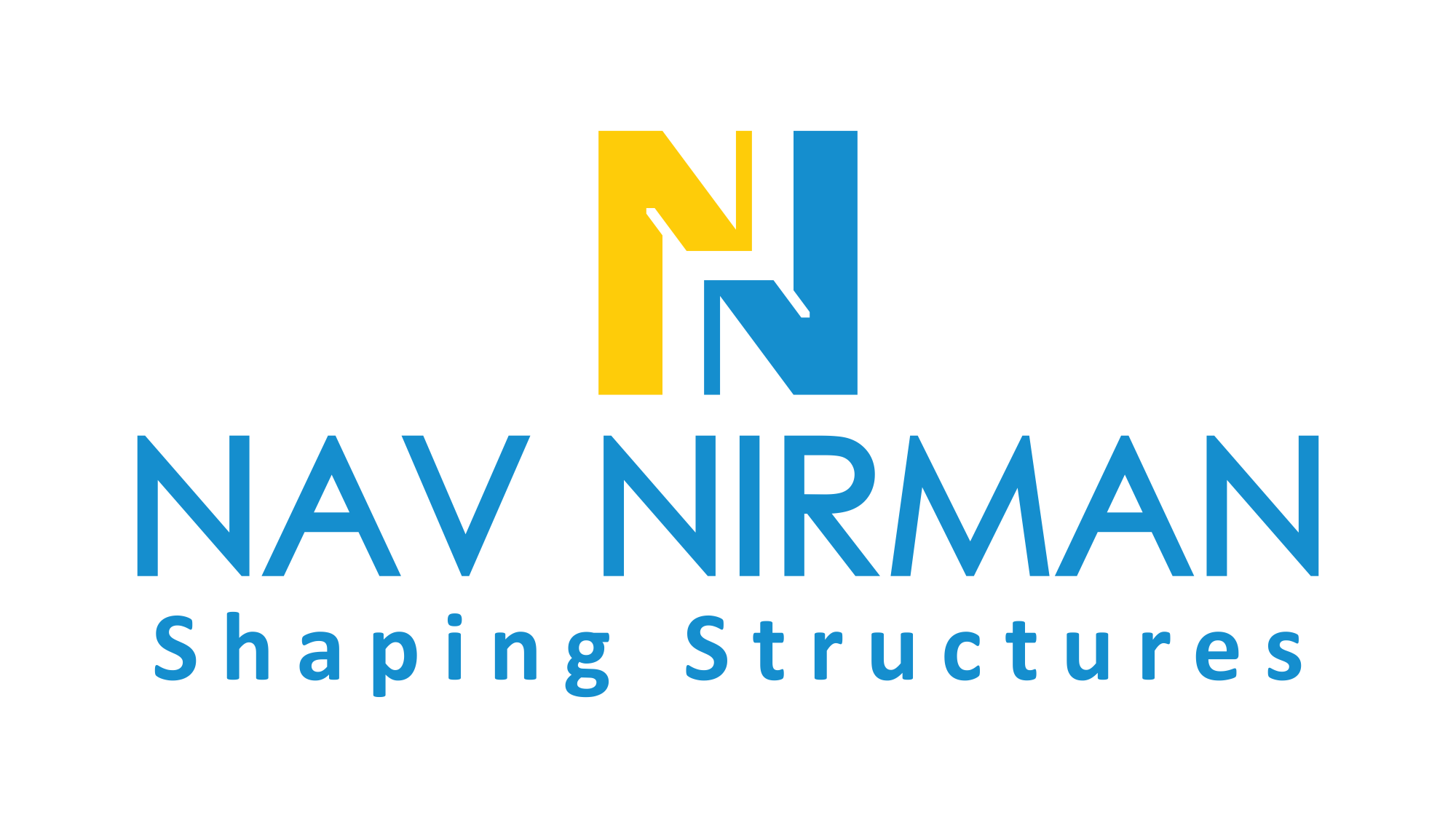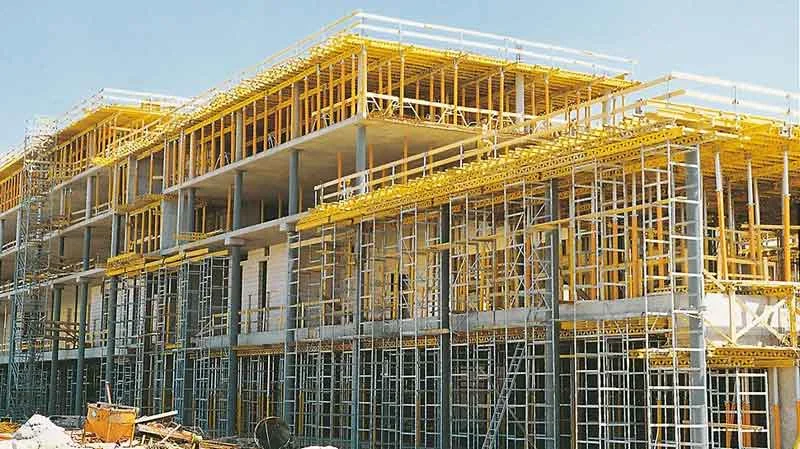The construction industry is evolving at a rapid pace, with new technologies transforming traditional building methods. Among these advancements, Formwork Systems play a crucial role in ensuring efficiency, cost-effectiveness, and superior structural integrity. Innovative formwork technologies are revolutionizing the way buildings and infrastructure are constructed, enhancing safety, reducing labor costs, and minimizing environmental impact.
Formwork Systems are temporary or permanent molds into which concrete is poured to create structural elements such as walls, columns, and slabs. Traditional methods involved wooden and steel formworks, but technological innovations have led to more advanced solutions that improve project timelines and quality.
Key Benefits of Innovative Formwork Technologies
- Enhanced Speed and Efficiency Modern Formwork Systems are designed for quick assembly and disassembly, reducing construction time significantly. Prefabricated and modular formworks allow for faster installation, streamlining the entire construction process.
- Improved Structural Quality Advanced formwork materials, such as aluminum and polymer-based systems, ensure smooth finishes and precise dimensions. These technologies eliminate defects and imperfections, reducing the need for post-construction surface treatments.
- Cost-Effectiveness While traditional formworks require extensive labor and material expenses, innovative Formwork Systems minimize resource wastage. Reusable formworks lower costs in large-scale projects by reducing the need for frequent replacements.
- Sustainability and Environmental Impact Sustainable Formwork Systems utilize recyclable and eco-friendly materials, reducing construction waste. Additionally, systems with higher durability lower the demand for raw materials, making projects more environmentally responsible.
Cutting-Edge Formwork Technologies
1. Aluminum Formwork Systems
Lightweight yet durable, aluminum formworks are gaining popularity due to their high reusability and precision. They facilitate faster construction cycles and are particularly effective for high-rise buildings.
2. Plastic and Polymer Formwork
These Formwork Systems are corrosion-resistant and easy to handle. Their lightweight properties make them suitable for small and medium-scale projects while providing excellent reusability.
3. Tunnel Formwork
Ideal for constructing repetitive structures like residential complexes and commercial buildings, tunnel formwork allows for simultaneous casting of walls and slabs. This method significantly speeds up the construction process.
4. Self-Climbing Formwork
Widely used in high-rise construction, self-climbing formworks move vertically without the need for cranes. These Formwork Systems improve safety and efficiency, especially for skyscrapers and bridges.
5. 3D Printed Formwork
The integration of 3D printing technology in Formwork Systems has revolutionized complex concrete structures. It enables intricate designs while reducing material wastage and labor costs.
Best Practices for Implementing Advanced Formwork Systems
- Selecting the Right Formwork Choosing suitable Formwork Systems depends on project requirements, including load-bearing capacity, reusability, and budget constraints.
- Regular Maintenance and Inspection To ensure longevity and efficiency, periodic inspection and maintenance of formwork components are crucial. Damaged parts should be replaced promptly to avoid structural failures.
- Training and Skilled Workforce Implementing modern Formwork Systems requires skilled labor. Providing adequate training for workers ensures safe handling and optimal utilization of formwork technologies.
- Integration with Digital Tools Using BIM (Building Information Modeling) and construction management software enhances planning, execution, and monitoring of formwork applications, leading to better project outcomes.
The Future of Formwork Systems in Construction
As the construction industry embraces innovation, Formwork Systems will continue to evolve, integrating smart technologies and automation. Future developments may include AI-driven formwork designs, self-healing materials, and robotic assembly processes. These advancements will further improve efficiency, sustainability, and safety in construction projects.
Conclusion
Innovative Formwork Systems are shaping the future of the construction industry by enhancing speed, quality, and sustainability. The adoption of cutting-edge formwork technologies not only improves project efficiency but also reduces costs and environmental impact. As the industry moves towards more automated and intelligent solutions, advanced formwork will play an integral role in building the infrastructure of tomorrow.


